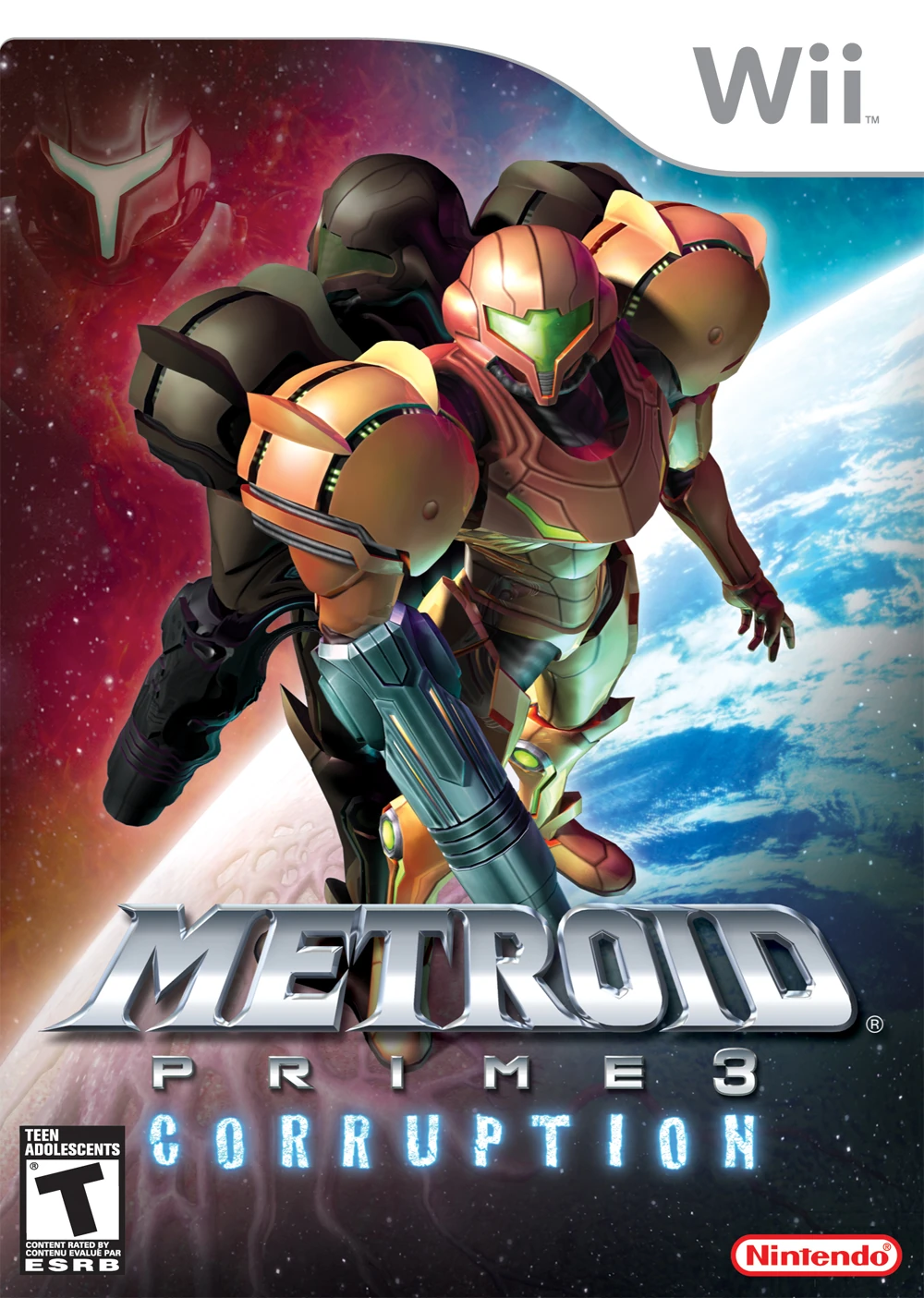

The game is played holding the Wii Remote sideways (no option for a Classic Controller), and you run through areas of enemies, pulverizing them with your laser before they get too close. On the very surface, Metroid: Other M plays largely like Fusion. It’s also the first and only time the company has made something that could be accurately described as “a murder mystery in space”. Metroid: Other M is what you get when Nintendo decides it wants to make a game that’s as fast-paced and stylish and streamlined as Metroid Fusion and Zero Mission, and does it at the cost of almost everything else. These mechanics were later expanded upon in Metroid: Zero Mission, a remake of the very first Metroid, for the Game Boy Advance, making that one of the best controlling Metroid games to date.

In Fusion, Samus could jump while in Morph Ball form, grab onto ledges and pull herself up, wall jump with greater ease, and was a much quicker, more athletic, and better animated version of the character.

Nearly a decade on, Fusion dialed back the exploration elements, and streamlined the structure and expanded Samus’s moveset instead. Nintendo first introduced the “action hero” style of Metroid when they released Metroid Fusion for the GBA in 2002-eight years after Super Metroid.


 0 kommentar(er)
0 kommentar(er)
